|
22/10/2016 The magic of teachingInject some magic into your lessons with these simple magic tricks! Some time ago I wrote an article in which I explored the use of magic tricks to support the teaching of computational thinking. Since then, I’ve begun to explore how magic tricks could be used in other subjects – not just Computing. In this article I explore why magic tricks are a powerful teaching tool and, with the aid of some examples, demonstrate how to use magic to support the teaching of subjects such as mathematics, literacy, computing and science. Using magic as a teaching tool Magic can be a powerful teaching tool. Not only will it have your students on the edge of their seats, it will also have your students excited and ready to learn. However, as well as being a hook to engage students, magic tricks can also help students understand abstract concepts used in maths and science and can be a great tool to engage reluctant writers. Examples by subject Computing Using magic tricks to teach computational thinking You may be asking the question: “What do magic tricks have to do with computational thinking?”. The simplest answer is that all magic tricks are based on an algorithm (sequence of step-by-step instructions.) Similar to a recipe or set of directions, if any of the steps are wrong or are not clearly explained, the trick is likely to fail. However, as well as introducing students to algorithm design, magic tricks can also help students understand other computational theory elements such as Abstraction (), Pattern recognition (looking for common patterns in the trick) and Decomposition (breaking down the magic trick to help understand it better). The trick Big thanks to Mark Dorling (Digital School House) for this trick. The purpose of card trick is to teach pupils about sequencing and modelling a sequence of instructions. See video below: Although not required for the trick too work, the story helps the students remember the sequence of the trick. I suggest following the video exactly, including the Harry Potter story! The reason I suggest using the story is that I find students remember the trick better if they can link it to the story. At the end of the trick, divide the students into small teams and give each team a set of cards. Next, challenge the students to repeat the trick and, once they have solved the trick, produce step-by-step instructions. (Note: Try to encourage the students to write down every step – this is key for the next part). Tip: For those students who find this task difficult, you can let them watch the video again. I also find that doing the trick with all the cards face up also helps. As the teams write their step-by-step instructions, circle around the class and attempt to follow their instructions: the key here is to follow the instructions exactly – emphasising any imprecise/vague instructions (as if you were a robot). For example, if a student writes down the instruction “Sort the cards into four suits”, do this for every card in the pack - not just the cards 7, 8, 9 and 10, or if a student writes down the instruction “Put the cards in order”, sort some of the cards in descending order 10, 9, 8, 7 and some in ascending order 7, 8, 9, 10. Hopefully this will generate discussion about need for detailed / precise instructions. Draw out answers such as “The instructions were too vague” or “The instructions were not specific”. Explain to students that computers (such as robots) can’t think for themselves therefore, when programming a computer, they must make sure that their instructions are precise. Literacy Using magic to support writing. Knowing the secret behind a trick is not the same as being able to perform the trick well! To do that, you need to use your performance skills to create a sense of wonder. To really engage your audience you need an imaginative story. Not only that, in order to be able to perform the trick for the first time, you also need precise instructions - this is where good literacy skills really come into play! Let’s take the previous example. In the previous trick, the emphasis is to explore the importance of precise instructions when creating algorithms however, with a little tweaking, we could easily turn this into an instructional writing task. The trick Just as in the previous example, start be demonstrating the trick to the whole of the class. After completing the trick, challenge the students to see if they can re-create the trick, then to write step-by-step instructions. To help the students, give them a list of imperative verbs (bossy words) and time connectives for them to use in their instructions: Some Imperative verbs (bossy words) and time connectives for students to use in their instructions Alternatively, you could challenge students to write a new story to go with the magic trick. Add some gamification Want to add an extra fun element to the task? Then, why not add some 'gamification' to the lesson! To make the task more challenging, award points for each verb/connective used based on the complexity, for example: 3 points for the word 'Dark and 5 points for the word 'Ominous'. This will add a competitive element to the challenge with students receiving a total score based on the complexity of the language used in their stories. Science Science and engineering represent great opportunities for magic as many magic tricks are based on scientific principles. One of my favourite scientific tricks has to be the ‘instant ice trick’. The instant ice trick This simple trick is a fun way to demonstrate ‘Change in state of matter’. In this trick, filtered water is super cooled in the refrigerator – the result being normal water that instantly turns to ice at the tap of the bottle. (See video below) Instructions for this trick can be found here: http://www.bbc.co.uk/science/0/23065582 An alternative version of this trick, using Sodium acetate, can be found here: http://illusioneering.org/docs/InstantFreezingWaterTrick.pdf Another of my favourite science tricks is the vanishing water trick. The vanishing water trick In this trick, the teacher pours some water into a cup and when the cup is turned over, preferably not over a student’s head, no water pours out - the water appears to have vanished in to thin air. The secret to this trick is a compound called sodium polyacrylate, found in disposable nappies or in the form of ‘moisture saving pellets’ from most garden/DIY stores. As the water reacts with the pellets, the water is instantly turned in to gel. This trick is based on scientific principle used by NASA in EVAs (Extra Vehicular Activities). It can be used to introduce the un-glamorised truth about working in space and how astronauts have to wear adult size nappies when performing tasks outside of the space station. To try the trick yourself, check out the instructions here: http://magic.about.com/od/science-magic-tricks/a/Science-Magic-Trick-Vanishing-Water.htm Maths Mathematics and magic may seem a strange combination, but many of the most powerful magical effects performed today have a mathematical basis. Famous magicians such as Derren Brown and David Blaine use mathematics-based tricks, in fact, mathematics is the secret behind the technologies we use today. A trick which demonstrates perfectly the relationship between maths and magic is the ‘Think of a number’ trick. The trick
If my powers of deduction are correct, your answer should be 10! So, how does the trick work? Before explaining how the trick works, let’s simplify it:
If my powers of deduction are correct, your answer should be 10! Clearly no matter what you start with, the answer should always be the same. We can see why this trick works by using a little bit of algebra! If you follow the instructions starting with the variable ‘X’ instead of an actual number in Step 1, you will see that ‘X’ is eliminated by Step 3. Or in algebraic terms: x + 10 - x = 10 We can do the same for first example:
Your answer is 10: x + 10 - x = 10 Using this formula, students can make up their own mathematical mind reading tricks! Below is another variation of the same trick. In this video, Jane Kang, co-author of the ‘Transition to Algebra curriculum’, models the ever-engaging ‘Think of a number’ trick used to launch the innovative algebra curriculum. She explains how in exploring number tricks, such as the one shown here, students encounter many of the big ideas of introductory algebra; learn to express specific numbers with generic notations; experience the natural logic of the distributive property; and begin to shift their thinking from concrete procedures to the abstract reasoning success with algebra requires. How to get started
The good news is that you don’t have to be a professional magician to perform these tricks – nor do you need to join the magic circle! Thankfully, there are a number of websites that will show you how to perform these simple tricks as well as show you how to incorporate these tricks into your lesson plans. Below is a collection of websites dedicated to the use of magic in the classroom: The magic of… The magic of series is a collection of resources, produced by Queen Mary University of London, which aims to support teachers in the use of magic in the classroom to engage and inspire learners. All the resources are linked to the national curriculum and cover principles found in subjects such as Mathematics and Computing. Each resource contains a selection of hand-picked magic tricks and includes step-by-step instructions as well as explanations of how the tricks work. Websites:
Maths Made Magic A handbook of mathematical based magical tricks intended for use in the classroom. These magic tricks have been mapped to the KS4 curriculum and cover a diverse range of mathematical concepts from probability to Pythagoras. The handbook also contains step-by-step instructions for performing each trick as well as details of the mathematical principle behind the trick. Website: http://www.qmul.ac.uk/mathsmagic/ The manual of mathematical magic As well as showing you how to perform a variety of mathematical magical tricks, the book explores the mathematics behind each trick and explains how that same mathematics is used in the real world. It also looks at the varied and exciting sorts of jobs that make use of the mathematics powering your magic. All the tricks are self-working, which means there is no need to know any clever sleight of hand, and cover a range of mathematical concepts from addition to algebra. Website: http://mathematicalmagic.com/ Illusioneering A book containing easy to do magic tricks based on scientific principles covering chemistry, physics, engineering and mathematics. Each trick includes step-by-step instructions as well as tips for performing the trick. Website: http://illusioneering.org/ Want more? Here are some more sites to help you get started:
Learning to do mentalism effects and magic tricks can be one of the most grindingly tedious experiences you will ever have.
Hi! Comments are closed.
|
AuthorSimon Johnson Microsoft Innovative Educator Expert / MIE Trainer
Minecraft Cert. Educator / Global Mentor
CAS Master Teacher
Raspberry Pi Cert. Educator
Tickle Ambassador
Archives
April 2017
CategoriesAll App Creation Apps Computing Esafety Ipad Multimedia QR Social Media Web 2.0 Web 2.0 |
Search by typing & pressing enter
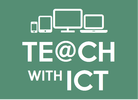
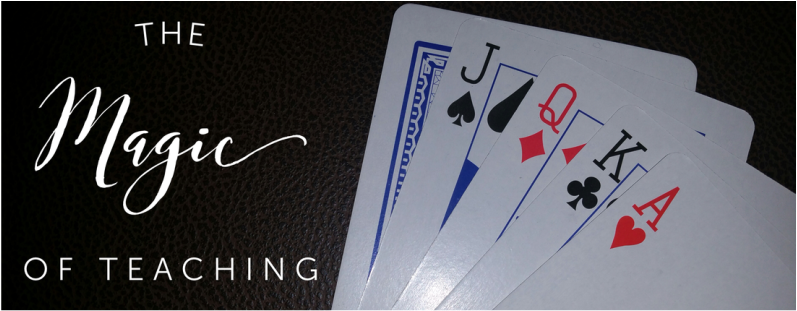
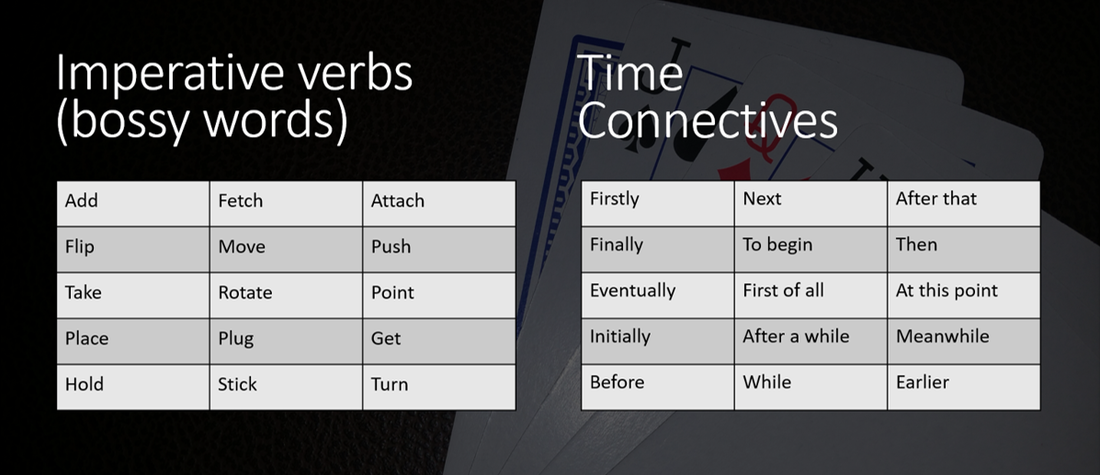
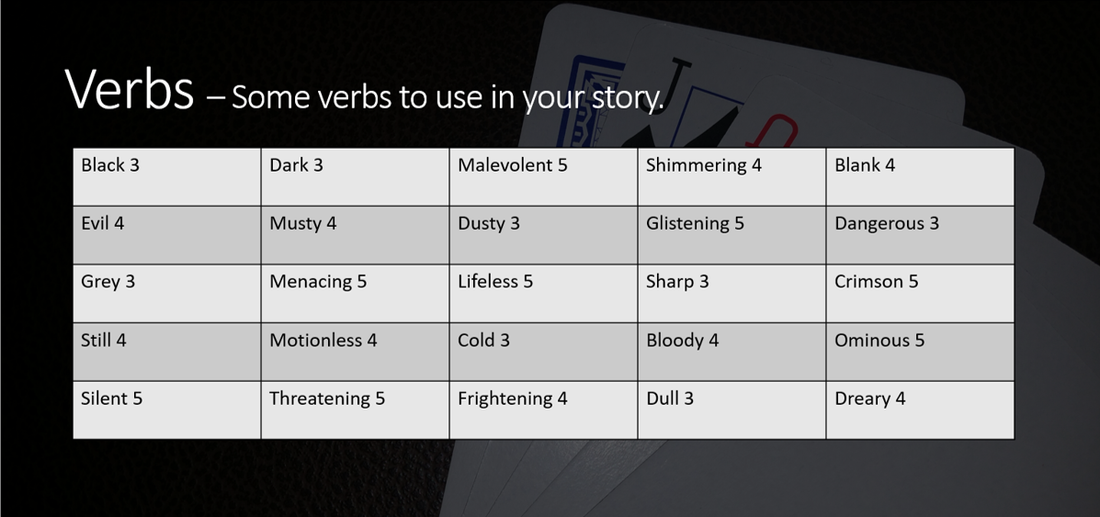
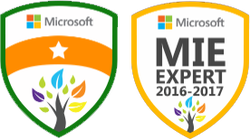


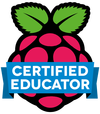

 RSS Feed
RSS Feed
